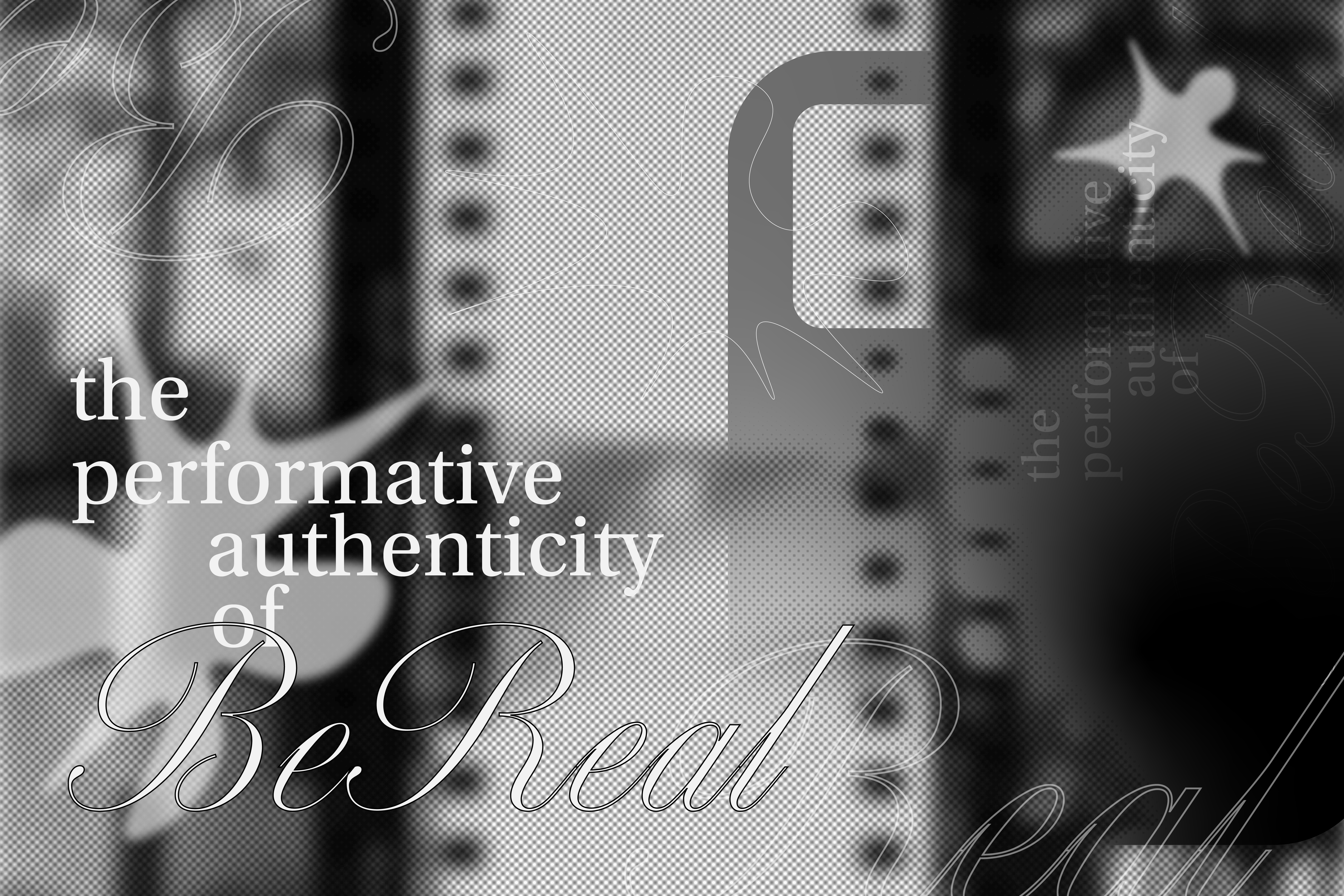“Time to BeReal” is the notification many of us get at random times every day. It’s a ticking clock to post an unfiltered picture from both the front and back cameras of our day-to-day activities in only two minutes. Honestly, the app’s purpose seems silly, but not for our generation. Since BeReal came out in 2020, I’ve wondered how it has grown so quickly. What does this app have that others don’t? The answer? It targets our generation’s obsession with authenticity.
All of the content we consume is carefully curated. From TV shows to friends’ Instagram profiles, we have adopted professional media standards to our personal social media, making things look “fake.” However, we have been continually seeking an escape from this inauthenticity. We strive for something genuine, exhibited recently with the “photo dump” and disposable film camera trends. The grainy film look has become a symbol of authenticity, implying that each picture only gets one chance. Photo dump posts feel natural, as they are an effortless collection of unedited, casual pictures. Yet, in the past few months, photo dumps have begun to take a more curated turn with low-exposure edits, exaggerated zooms, and posed compositions.
Subsequently, it’s no surprise that the double picture framing of BeReal is one of the most recognized visual signifiers of authenticity online. Even Gucci included this framing in their latest collection, “Twinsburg” as part of their social media content. However, here lies the user’s dilemma of performative authenticity in which we’ve all become creators under these companies’ eyes. The idea of taking a picture to share is how Gen Z has learned to use social media because without people’s views; content wouldn’t exist.
Whenever I think of our interest in authenticity, I can’t ignore Juergen Teller’s W Magazine Best Performances 2021 issue, in which he shot 22 A-list celebrities candidly, amateur way. Despite being a recognized fine art and fashion photographer, Teller’s issue demonstrates an almost “anti-editorial” message to make us question our expectations from the media.
No app can fully translate in-person authenticity to the online realm because when there are more than 10 people looking at your content, it becomes a performance. Trying to be authentic on these platforms goes beyond ignoring BeReal’s notification and waiting until something post-worthy happens. It has to do with the purpose we give social media. After all, I believe BeReal is a fun way to interact with your friends. It’s different from what we are used to, but trying to achieve this genuine feeling can be a trap to keep us stuck in these performative cycles.
Words and graphic by Danna Macias.

